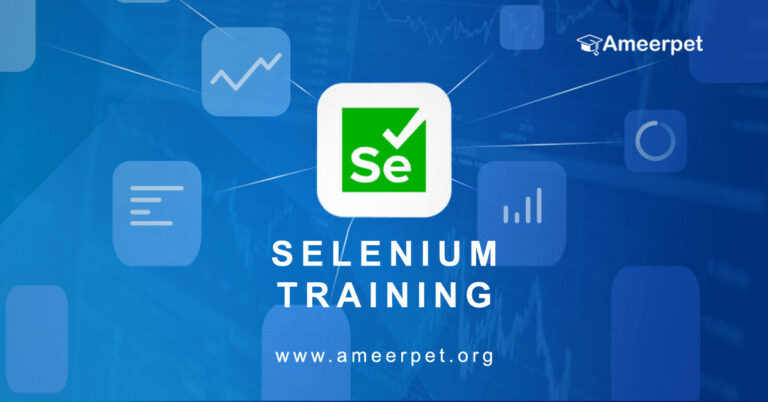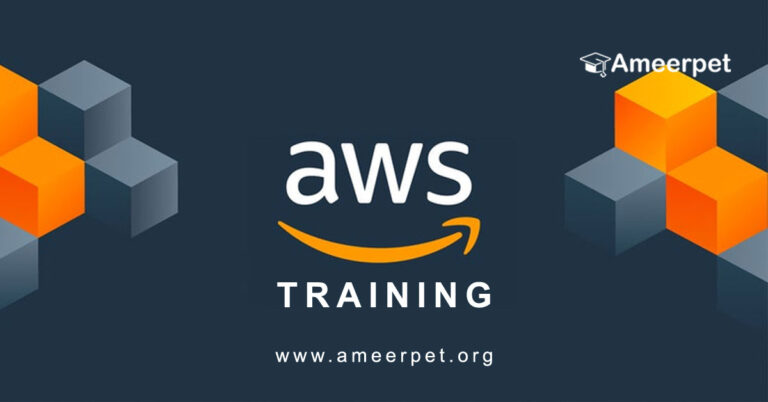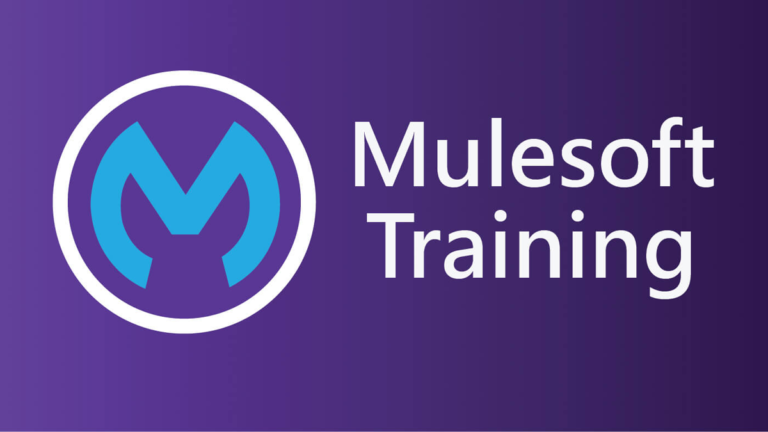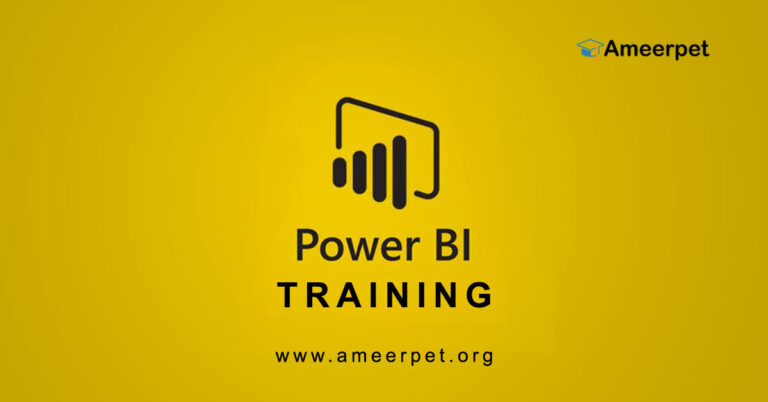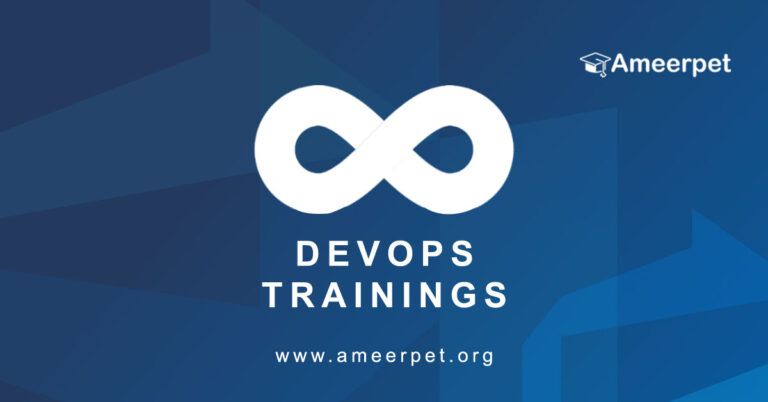
Full Stack Java Developer Training
Ameerpet offers top-notch Full Stack Java Developer Course Training in Ameerpet, Hyderabad, both online and in-person, with guaranteed job placement. This thorough training curriculum covers all aspects of Java programming and full stack development, ensuring that attendees master both.
Full Stack Java Training provides 150+ hours of hands-on experience. The four-month program guarantees work.
Students will learn Java basics, web development with Java, front-end development with HTML, CSS, and JavaScript, back-end development with Spring, and database management with MySQL. Agile and Scrum will also be covered.
Students apply their knowledge in real-world situations through projects and practical activities. Dynamic and responsive online applications, user interface design, web technology integration, data security, and industry best practices will be taught.
Participants will be able to construct end-to-end Java web applications after the Full Stack Java Training with Java projects. They will know the software development life cycle and industry-standard tools and frameworks. With these skills, graduates can work as Java Full Stack developers, web developers, software engineers, or other Java-related IT jobs.
This training is ideal for web developers seeking IT professions. This program gives students the skills they need to succeed in their careers and satisfy market demands for web applications and Java technology.
Full Stack Java Developer Complete Syllabus
Full Stack Java Developer Course FAQs
Q1: What is Java Fullstack?
Java Fullstack includes programming languages, technologies, databases, tools, and other services needed to construct end-to-end applications. It combines client-side (HTML, CSS, and JavaScript) and server-side (Servlets, JSP, and SpringBoot) programming with database integration (Oracle) to produce a comprehensive application.
Q2: Who can become a Java Fullstack Developer?
Java Fullstack Developers can develop client, server, and database systems. HTML, CSS, and JavaScript for client-side development, Servlets, JSP, and SpringBoot for server-side development, and Oracle for databases.
Q3: How can you become a Java Fullstack Developer?
A job-guaranteed Java Fullstack Developer certification program is available. A four-month program covers client-side, server-side, database integration, and real-time application development. This curriculum teaches Java Fullstack Developer abilities.
